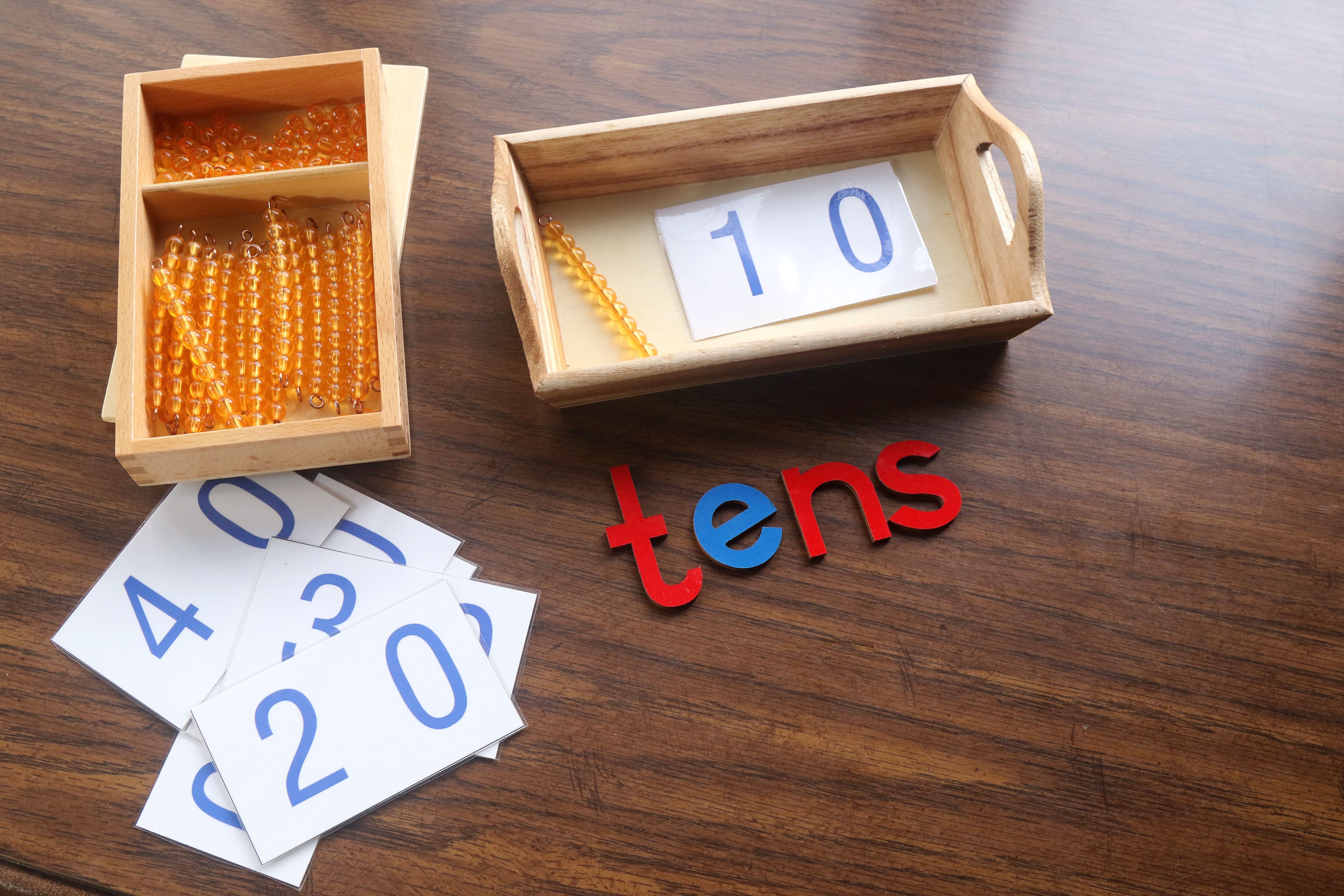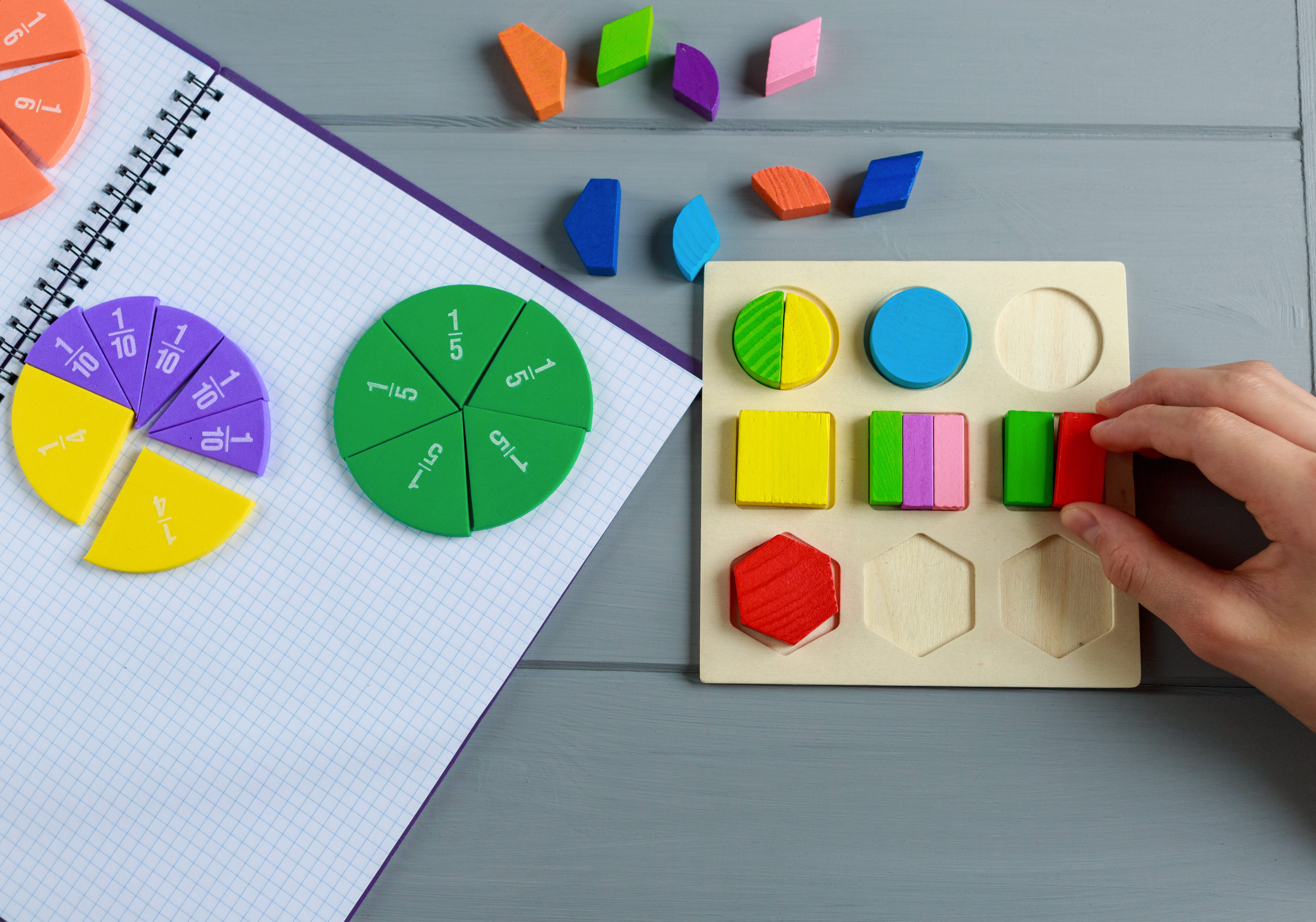Great addition and subtraction lesson plans for years 1 - 6

Great addition and subtraction lesson plans for years 1 - 6
For primary school teachers in years 1, 2, 3 and to some extent all the way until students head off to secondary school in the UK, teachers have the sometimes onerous but important job of creating lessons for their addition and subtraction work in Maths. This article will provide some key links to addition lesson plans and subtraction worksheets for year 1, year 2, and year 3.
What do addition and subtraction lesson plans involve?
Lesson plans for young children between years 1 - 3 (ages 5 - 7) should involve visual cues and exciting elements throughout: this can mean either visual lesson plans, whiteboard lesson plans, games or other types of visual or physical media.
This visual aspect of a maths lesson for very young, easily distractible people need not be overwhelming or distracting, if it is done right. You can create such mathematical excitement in classrooms with any mathematics question by asking students for the different ways they see and can solve the problems first and by encouraging discussion of different ways of seeing problems.
Why is a lesson plan important for addition and subtraction?
The benefits of having a good plan in place have been said time and time again to you as a teacher by other teaching professionals, I’m sure.
Having a good plan in place is not so that you are rigidly tied to reading a script, but rather so that you can free up precious mental bandwidth to help your students along a route of your devising. If they go off route, so to speak, you can bring them back to the key objectives.
There are not too many specific reasons that adding and subtraction specifically can benefit from having a plan, but there are more general ones — in a busy classroom environment, a plan can sometimes help you from forgetting key details in the sequence of the lesson. For example, defining key terms — and getting rid of students’ misconceptions about them — are almost always worth clearing up at the top of the lesson. From there, it might be worth introducing lesson objectives, a starter, a main activity, and finally a recap or plenary which are used by teachers to review the lesson objectives and consolidate learning.
What makes a good addition and subtraction lesson plan?
Cognitive science has increasingly been treated as having the final word in education for what to do and what not to do in lessons. An overview of what makes a good lesson will take some of this into account, including the important idea of cognitive load, which refers to the used amount of working memory resources. You can find out more about this concept here.
For your young people, this means not expecting too much too quickly — their working memory will only likely take up to seven bits of discreet information at once if that.
We don’t need to get too caught in the academic debates — it is possible that we will come to see more of a push against the dominant focus on brain science from educationalists, including cognitive load, where learning is equated with memory and, for them, the consequent dangerous over-simplification of learning.
Keep it simple
As discussed with relation to cognitive load, addition and subtraction can be more or less demanding for certain learners, so should be kept simple where possible until you feel confident differentiating by ability range.
Start and finish one simple addition and subtraction problem at a time before progressing on problems that require multiple cases of addition and subtraction — like word-based income or expenditure problems or children handing out and receiving sweets.
Give real-life examples
There’s more to addition and subtraction problems than children handing out and receiving sweets, but probably not much more to a Year 1 student. Find out what your students like if it’s not sweets. Of course, every pedagogy enthusiast recognises the importance of making maths relevant to the students’ lives. Addition and subtraction are no different.
Asking and answering questions
One of the strengths of a good plan is that it acknowledges that a classroom full of young people is likely to be unpredictable: you might need to leave time — perhaps five minutes or ten — for questions from students as well as behaviour management — there’s invariably one student that needs that toilet break immediately!
Year 1 addition and subtraction worksheets and examples
There's no shortage of year 1 addition and subtraction lessons and worksheets on Pango to help guide your lessons. For example, you can discover word problem worksheets and fully planned addition and subtraction lessons - all packed full of colour and images to keep your lessons engaging!
Year 2 addition and subtraction worksheets and examples
Pango has hundreds of addition and subtraction materials for Year 2 here.
Year 3 addition and subtraction worksheets and examples
There is also a wide variety of addition and subtraction resources for Year 3 here, including lots of fun games to help consolidate learning.
Year 4 addition and subtraction worksheets and examples
As above, a smorgasbord of high-quality addition and subtraction worksheets for Year 4, from publishers including White Rose, Max Maths, Teacher of Primary, Buzzard Publishing and more.
Year 5 addition and subtraction worksheets and examples
Find some beautifully produced addition and subtraction worksheets for Year 5 here.
Year 6 addition and subtraction worksheets and examples
There’s hundreds of addition and subtraction lessons and worksheets for Year 6 here. We’re particularly enjoying this review lesson to test your pupils knowledge.
Maths resources from Pango
Pango offers a wide selection of maths resources for Years 1 - 6. We've partnered with high-quality resource providers so that teachers can save time by discovering the best schemes, units, lessons and resources without having to change tabs.



